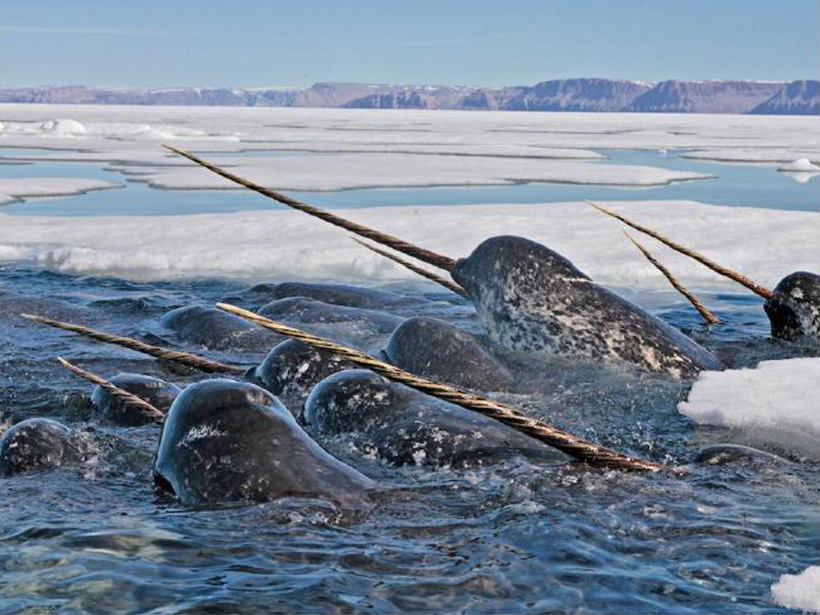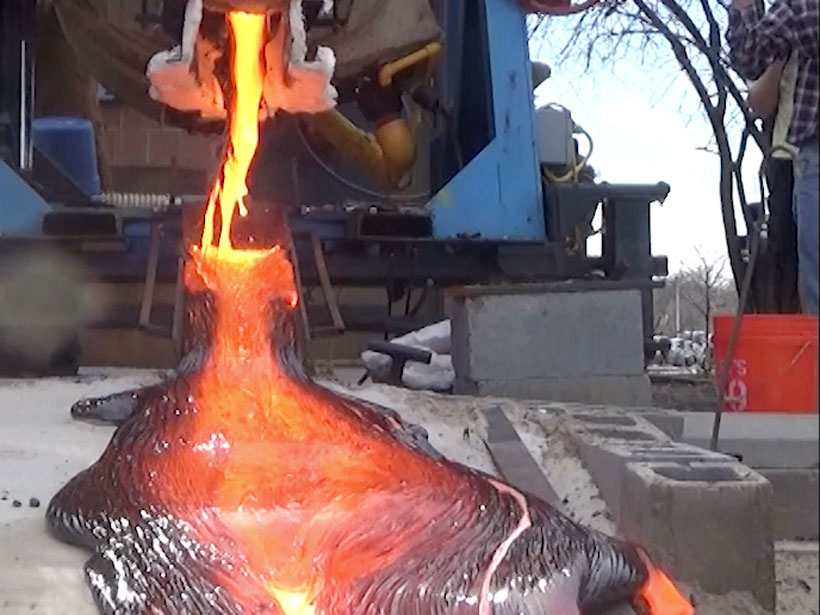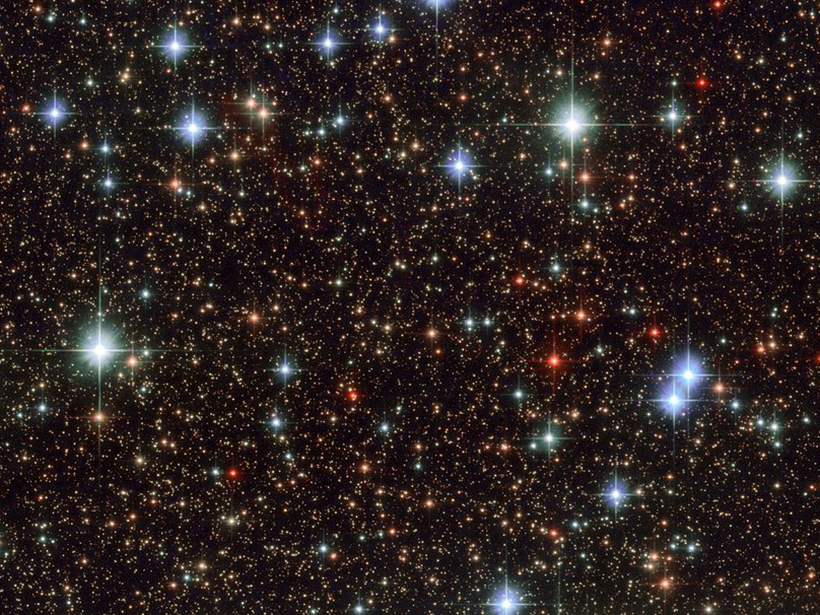Venus’s heavy atmosphere tugs the planet’s surface enough to change the length of its day by up to 21 minutes.
Kimberly M. S. Cartier
Kimberly M. S. Cartier, Senior Science Reporter for Eos.org, joined the Eos staff in 2017 after earning her Ph.D. studying extrasolar planets. Kimberly covers space science, climate change, and STEM diversity, justice, and education
Growing Equity in City Green Space
City residents don’t all have the same access to the benefits of green space. Addressing that inequity requires community engagement at every stage from planning to development to management.
Narwhal Tusks Record Changes in the Marine Arctic
This new paleorecord can help scientists better understand how climate change and human activity are changing marine mammals’ environments and habits.
Making an Eclipse an Inclusive Multisensory Experience
New tools are helping make solar eclipse experiences and research accessible to people who are blind or low vision, communities often excluded from historically visually based sciences like astronomy.
Imagining What a Metal Volcano Would Look Like
Large-scale lava experiments are helping scientists imagine how metallic lava would flow across and shape a landscape, either on Earth or on a distant asteroid.
Exploring Venus by Balloon
Aerobots could help reveal secrets of Earth’s mysterious twin planet.
1.3 Million Pairs of Stars Surround the Sun
Roughly half of Sun-like stars have a stellar sibling, and a surprising fraction of those siblings are identical twins.
Rocket Mission Conjures a Ghostly Noctilucent Cloud
Night-shining clouds can be diagnostic tools to better understand how human activity is changing the meteorology of the mesosphere.
Superlasers Shed Light on Super-Earth Mantles
By compressing iron oxide to pressures expected inside a large and rocky exoplanet, scientists discovered that such mantles could layer, mix, and flow in ways very different from those inside our planet.
Teaching Geoscience History in Context
The history of geoscience is filled with racist ideology and problematic foundational figures. A new set of modules aims to help educators by offering more inclusive context for inequities in the field today.










